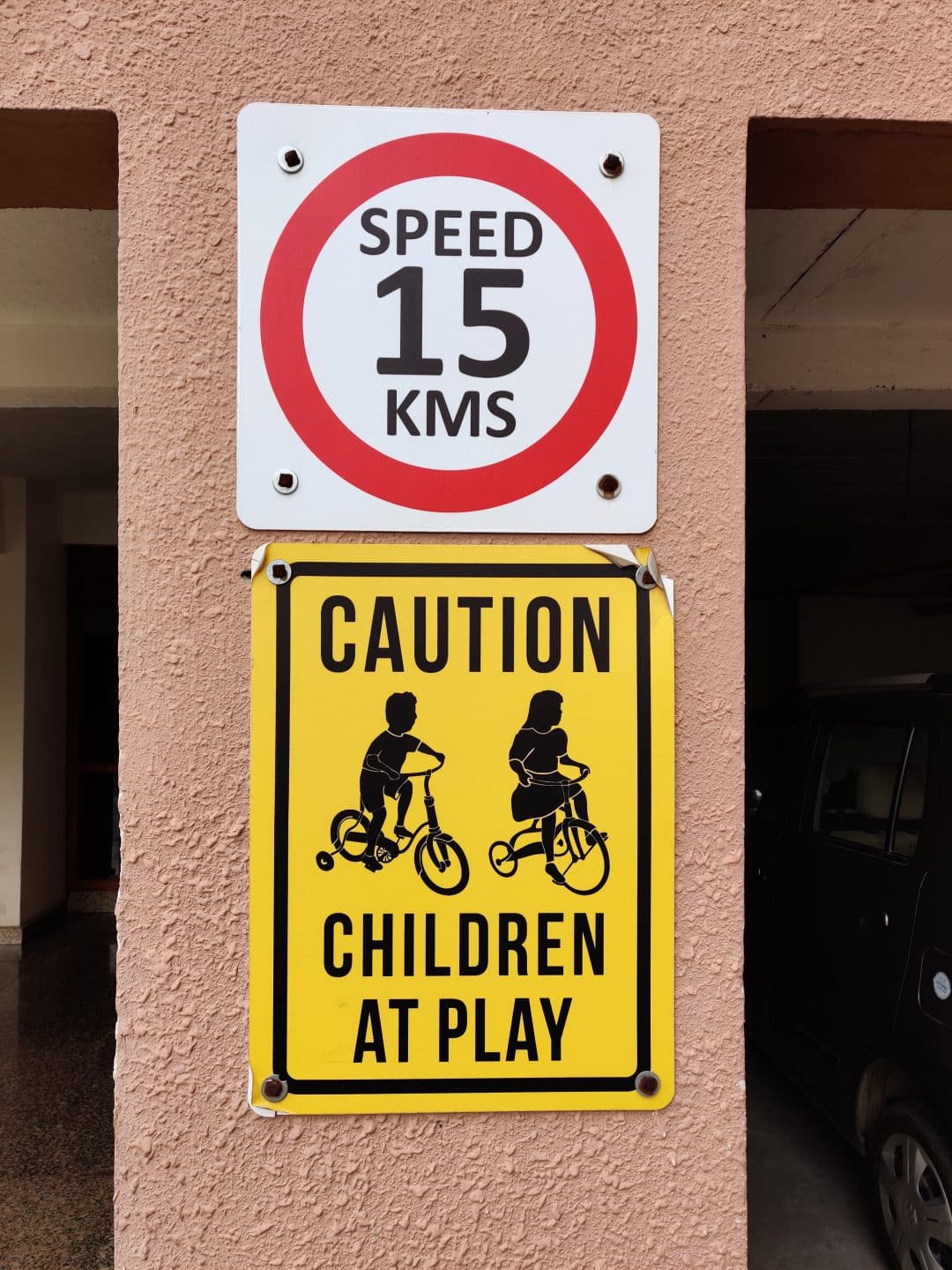It has been reported that last year traffic tickets in Calgary were down by nearly 20 percent as drivers adhered to stay at home orders due to COVID-19.
The lack of drivers on the roadways resulted in an overall decrease in car accidents, however, police report an increase in extreme speeders and stunt driving in 2020. A recorded 33 percent increase in photo radar and a 55 percent increase in tickets given for speeds of 51km/h or over are presumed to be one of the consequences of less traffic on the roadways.
In Canada, speeding is one of the most common causes of car crashes. In fact, high rates of speed is a contributing factor in 1 of every 4 fatal motor vehicle accidents.
Speeding is dangerous because high speeds mean the driver has less control over the vehicle. The higher the speed also means a higher degree of crash severity leading to more significant injuries and fatalities. Poor road conditions, low light and bad weather can also contribute to make speeding even more hazardous.
PROVING THAT SPEEDING CONTRIBUTED TO AN ACCIDENT
It is not always easy to prove that speeding contributed to a motor vehicle crash. However, it is important to fully investigate all avenues in this regard since speeding is both a crime and the proof of a driver speeding generally makes the driver responsible for the accident and the resulting damages.
Witnesses
Eye witness evidence by other drivers or bystanders in the area can prove whether the at fault driver was speeding at the time of the impact. Witnesses to the accident can assist in attesting to the speed of the drivers involved in the crash. Although it may be difficult to gauge the exact speeds of a driver, if a witness was also driving at the time of the accident he/she can usually estimate the speed of the offending driver.
Expert witnesses can also be retained to review the evidence of the accident and provide their professional opinion regarding the speed of the vehicles involved.
The Police Report
If police attend at the scene of the accident, the police report can help when proving fault. The police report provides information as to how the accident occurred and details regarding the accident scene as well. The officer can also collect witness information regarding the accident.
The police report will also contain information as to whether any of the drivers received a ticket for speeding, and this can help to prove at least some liability.
Physical Evidence
Speeding can also be proven by the physical evidence found at the scene of the accident, such as skid marks on the road. The length and depth of skid marks can help a forensic expert determine when the driver hit the brakes and how long it took the driver to stop. If a car was speeding, the skid marks will be longer than if the driver tried to stop while travelling at the posted speed.
Road debris can also be a good piece of physical evidence. A forensic expert can measure how far road debris was thrown when calculating the rate of speed of the car at the time of the impact.
Car damage that occurred as a result of the accident may be the best physical evidence to determine speed. The faster a vehicle is moving, the harder the vehicle will impact anything in its path. Each manufacturer has collision ratings for every vehicle, which shows how much damage occurs at different speeds. These ratings determine how much damage will be done to a vehicle when it is hit at different speeds.
Electronic Evidence
Camera footage can also be an extremely valuable piece of evidence used in accident claims. More businesses are installing surveillance cameras and individuals are installing dash cams to their vehicles. Traffic cameras may also capture motor vehicle accidents.
Most modern vehicles are equipped with electronic data recorders (EDR). EDRs function similarly to airplane black boxes. The data that is frequently contained in the EDR includes speed before and during the time of impact, whether the driver hit the brakes, the use of the accelerator and brake pedal, steering input and even whether the seat belt was in use. All of this information is extremely valuable in proving liability in motor vehicle accident cases.
HOW PERSONAL INJURY LAWYERS CAN HELP AFTER SPEEDING-RELATED TRAFFIC ACCIDENTS?
Personal injury lawyers represent the victim and/or their loved ones following a serious motor vehicle accident by pursuing legal action to seek compensation from the parties at fault for the crash.
Experienced lawyers can investigate the accident and retain experts to evaluate the evidence, evaluate the harm caused by the accident, plan an effective and efficient legal strategy, negotiate with the defence lawyers and auto insurance companies and litigate in court, if necessary.
Once it can be proven that the at-fault driver was speeding and the high rate of speed caused the accident, the injured victim can use this information to support his/her claim for damages. If you were injured in a motor vehicle accident at the fault of another driver you can sue for damages such as medical expenses (including the cost of future medical care), lost wages, loss of earning capacity, pain and suffering, emotional distress and/or property damage can be recovered.
If you or a loved one have been injured in an accident caused by a driver who exceeded the speed limit, contact the experienced personal injury lawyers at Cuming & Gillespie LLP online today or at 403-571-0555 to learn more about how we can help you. We provide free consultations for new clients to review your case and discuss potential options. We look forward to helping you obtain the greatest amount of compensation possible.

